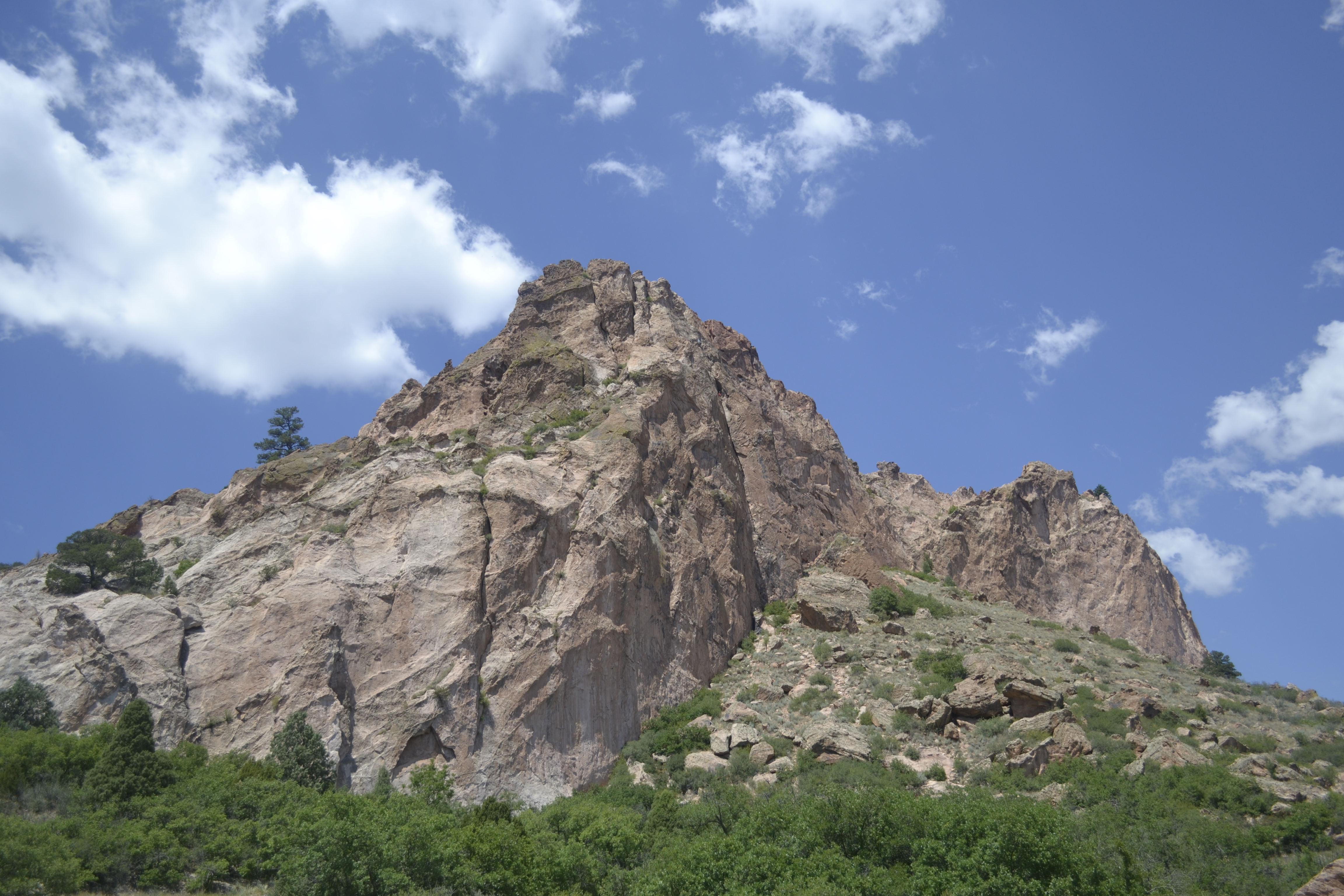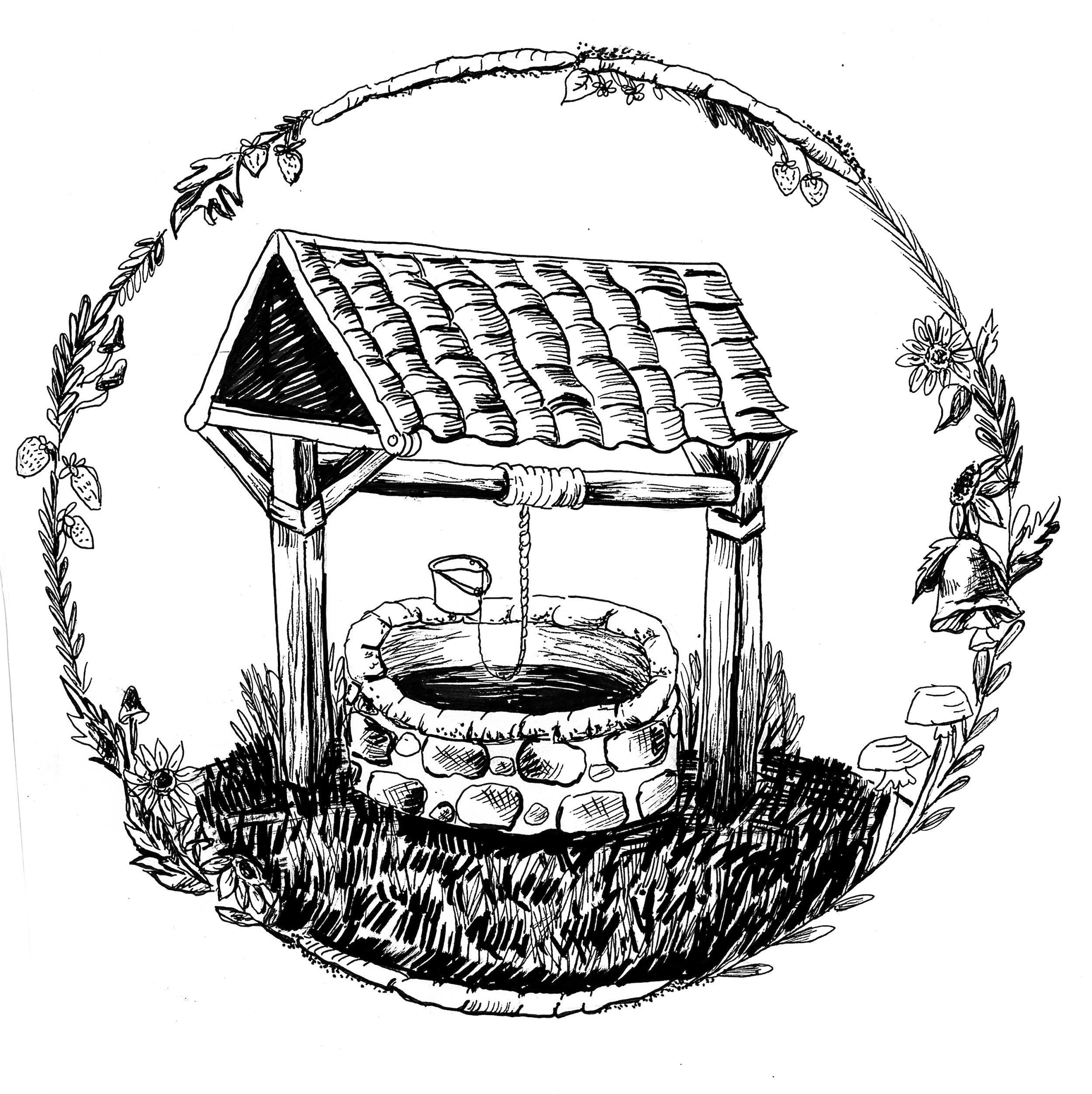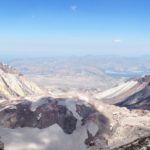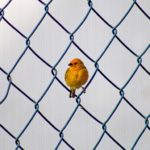Bioregional Philosophy as I See

Before setting out to reinhabit America, we should know what went wrong the first time, by which I mean an ecologically honest account of our past. The fact is that Europeans came to the new world armed with ideas, philosophies, religion, and dreams of wealth that did not fit gracefully and permanently into the place they called America. It is not necessary to romanticize Native Americans to know that our ancestors did not, by and large, care to know anything about the native cultures whose ideas did fit the geographies of America.
—David W. Orr, Earth in Mind, (1994/2004, P. 192)
Based on my experience, the bioregional practice of reinhabiting can be difficult for individuals and communities that come from globally diverse ancestral heritages. With each heritage comes unique traditions often tied to physical geography and often times unfavorable conditioning based on generations of living without conscious connection with the Land they inhabit. The bioregionalism movement sources its insights from a variety of traditions.
Not unlike the adherents of Montessori philosophy today, voices within the bioregionalism movement range from practical short-term reform to radical long-term utopian idealism.
Traditional ecological knowledge developed by communities living in one region for generations has been fading away as humanity has become more less connected to place. In reading Armstrong’s (2005) essay, “Okanagan Education for Sustainable Living”, I found clarity around humanity’s shift from dynamic place-based traditional ecological knowledge to the prevailing linear industrial knowledge of the twenty-first century through the comparison of the traditional Okanagan meaning of “sharing” to what it means in English. In the Okanagan language, “[Sharing] constitutes ‘a manifestation or demonstration of how-to-be’ rather than ‘possessions being divided among others’” (Armstrong, 2005, p.81). Armstrong continues to express this differentiation by stressing the need for cooperation between individuals within a community in order to practice sustainability that benefits the entire cosmic community.
When Armstrong says, “Community exists to be shared with, rather than to be competed against”, I wonder what the potentialities of applying this worldview to the non-human members of my cosmic community would look like.
Would ecological diversity increase if humanity consciously chose to live interconnected with the place they inhabit?
What humble human actions on local, global, and cosmic scales could lead to communities that honor of all living systems in the cosmic community?
Will I see communities walk away from the economic gain made possible by the commodification of natural resources towards a lifestyle marked by reverence for the Land?
The movement in education towards integrating ecological literacy into all ages of schooling closely reminds me of principles I have learned from sources of traditional ecological knowledge. Since I have heard on multiple occasions that the term “ecological literacy” is attributed to the environmentalist David W. Orr I was not surprised to see he wrote the forward for the book Ecological Literacy: Educating Our Children for a Sustainable World, edited by Michael K. Stone, senior editor at the Center for Ecoliteracy, and Zenobia Barlow (2005), cofounder of the Center for Ecoliteracy. Orr differentiates the deep connection ecoliteracy seeks with the natural world from the shallow implications of “environmental education” as a simple course or two with the environment as a technical subject.
I am deeply moved as I read the closing sentence of Orr’s (2005, p.xi) forward,
And in our time the great question is how we will live in light of the ecological fact that we are bound together in the community of life, one and indivisible. I see ecoliteracy as the vehicle that carries ecological knowledge into sustainable action.
In Ecoliterate, psychologist Daniel Goleman, Zenobia Barlow, and director of communications for the Center for Ecoliteracy Lisa Bennet (2012), unite through an integration of their common passions for social and emotional learning and an ecological view of life. This collaborative effort opened my mind to the far-reaching possibilities of practicing emotionally and socially engaged ecoliteracy.
Five core practices are presented as the integrative framework for applying an emotionally and socially engaged ecoliteracy pedagogy. I offer these practices not as the definitive requirements of engaged ecoliteracy but as practical axioms serving as reminders of the possibilities of living connected to the cosmic community. I have listed the five practices and included a relevant quote that I feel captures the essence of the practice.
- Developing empathy for all forms of life
At a basic level, all organisms—including humans—need food, water, space, and conditions that support dynamic equilibrium to survive. By recognizing the common needs we share with all organisms, we can begin to shift our perspective about who we are relative to other species and life forms. (p. 12)
- Embracing sustainability as a community practice
Communities represent a core pattern of organization for surviving over time. When we turn to nature, we find that healthy communities of living organisms are diverse, have a strong network of relationships, and are resilient. Life in nature does not survive in isolation. (p. 13)
- Making the invisible visible
People who practice engaged ecoliteracy realize that our global economy has created blinders that shield us from experiencing the far-reaching implications of our actions. As we have increased our use of fossil fuels, for instance, it has been difficult (and remains difficult for many people) to believe that we are disrupting something on the magnitude of the Earth’s climate. (p. 14)
- Anticipating unintended consequences
This practice is twofold: It involves better ways of predicting the potential implications of our behavior while simultaneously creating strategies that compensate for the fact that we cannot foresee all of the possible effects of our actions. Many of the environmental crises that we face today are the unintended consequences of human behavior. (p. 15)
- Understanding how nature sustains life
First of all, ecoliterate people recognize that they are members of a web of diverse relationships within their communities and beyond.
Second, ecoliterate people tend to be more aware that systems exist on various levels of scale.
Finally, ecoliterate people collectively practice a way of life that fulfills the needs of the present generation while simultaneously supporting nature’s inherent ability to sustain life into the future. (pp. 16-17)
Like all living systems, when engaged together as a whole these five practices reach a capacity to create and sustain beneficial ecological relationships that is beyond the sum of their parts.
WORKS CITED
Armstrong, J.C. (2005). Okanagan education for sustainable living: As natural as learning to walk or talk. In Stone, M.K. & Barlow, Z. (Eds.), Ecological literacy: Educating our children for a sustainable world (pp. 80-84). Sierra Club Books.
Goleman, D., Bennett, L., & Barlow, Z. (2012). Ecoliterate. Jossey-Bass.
Orr, D. W. (2004) Earth in mind: On education, environment, and the human prospect. Island Press. (Original work published 1994)
Orr, D. W (2005). Forward. In Stone, M.K. & Barlow, Z. (Eds.), Ecological literacy: Educating our children for a sustainable world (pp. ix-xi). Sierra Club Books.



